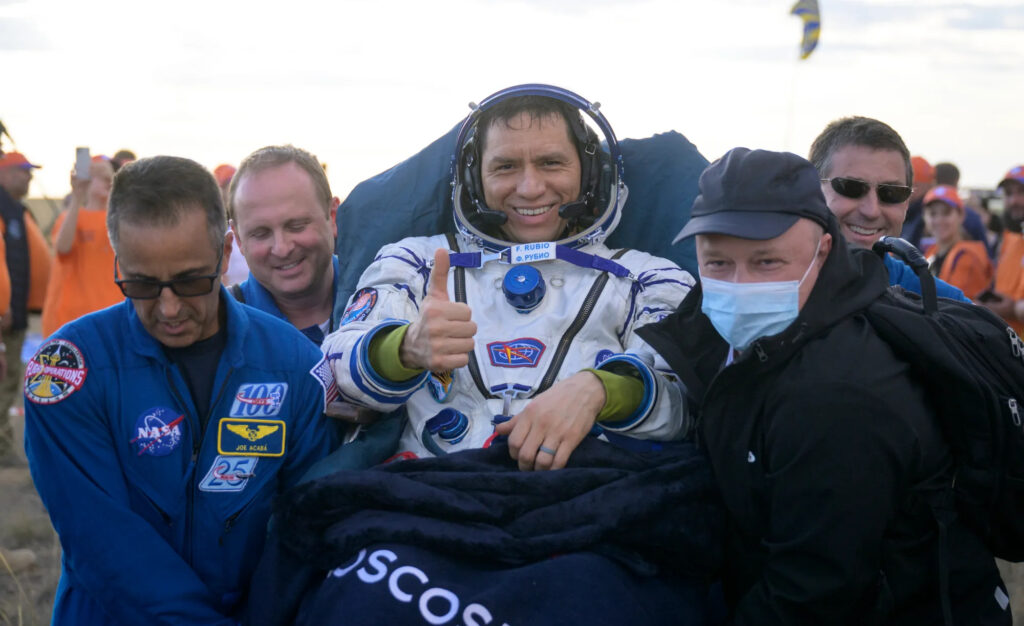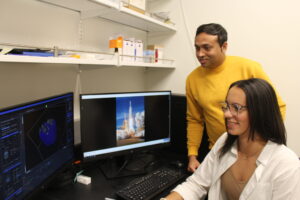
On Sept. 27, NASA astronaut Frank Rubio returned from his year-long residency in space, earning him the bragging rights of the longest time in space. However, this achievement comes with implications, as 371 days in space has quite a toll on the body.
“Astronauts who spend time in space are exposed to a smaller amount of gravity, or “microgravity,” and research has found that this has an impact on the body. When astronauts return from missions, it’s common that they have lost significant amount of muscle and bone mass,” said Soham Ghosh, a mechanical engineering assistant professor with a joint appointment in the School of Biomedical Engineering. “To counter this, astronauts will spend hours a day exercising in space, but it’s not completely effective, nor it is practical for longer term space missions.”

Ghosh and his research team received funding from National Science Foundation and NASA’s Center for the Advancement of Science in Space to develop an injection that could eliminate tissue loss for astronauts. This injection could be advantageous for space missions that require astronauts to stay in space for extended periods, such as a mission to Mars or an extended stay on the Moon.
While the injection has out-of-this-world applications, the same injection could be used to help people on earth recover from prolonged bedrest or immobility.
“Many patients with cancer, musculoskeletal injury, stroke, fibromyalgia, and prolonged bedrest also lose bone and muscle mass. This same injection we’re creating for astronauts can be used for rehabilitation purposes here on Earth.”
The development of the injection involves two phases. In phase one, Ghosh and his research team will optimize the formulation of the injection. In phase two, mice will be sent to live on the International Space Station for two months where astronauts will administer the injection. Upon their return, Ghosh and his team will analyze results to measure the effectiveness of the therapy.
Ghosh’s interdisciplinary research team includes Co-PI Dr. Susan Bailey, one of the investigators selected for the NASA Twins Study and professor of Radiation and Cancer Biology in the College of Veterinary Medicine and Biomedical Sciences, and collaborators Ben Gadomski (Department of Mechanical Engineering), Steven Simske (Department of Systems Engineering) and Dr. Sarah Swygert (Department of Biochemistry and Molecular Biology).
“It’s exciting because this is the first time someone is trying to bioengineer a strategy to counter bone, muscle and heart loss with a simple therapy based on some novel understanding of how the biological system works under microgravity. The idea that you can develop an injection like this makes the idea of far-off space travel very feasible, but not only can it do that, it can help people on our own planet,” said Ghosh.